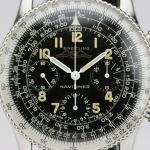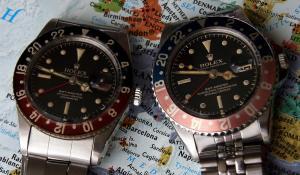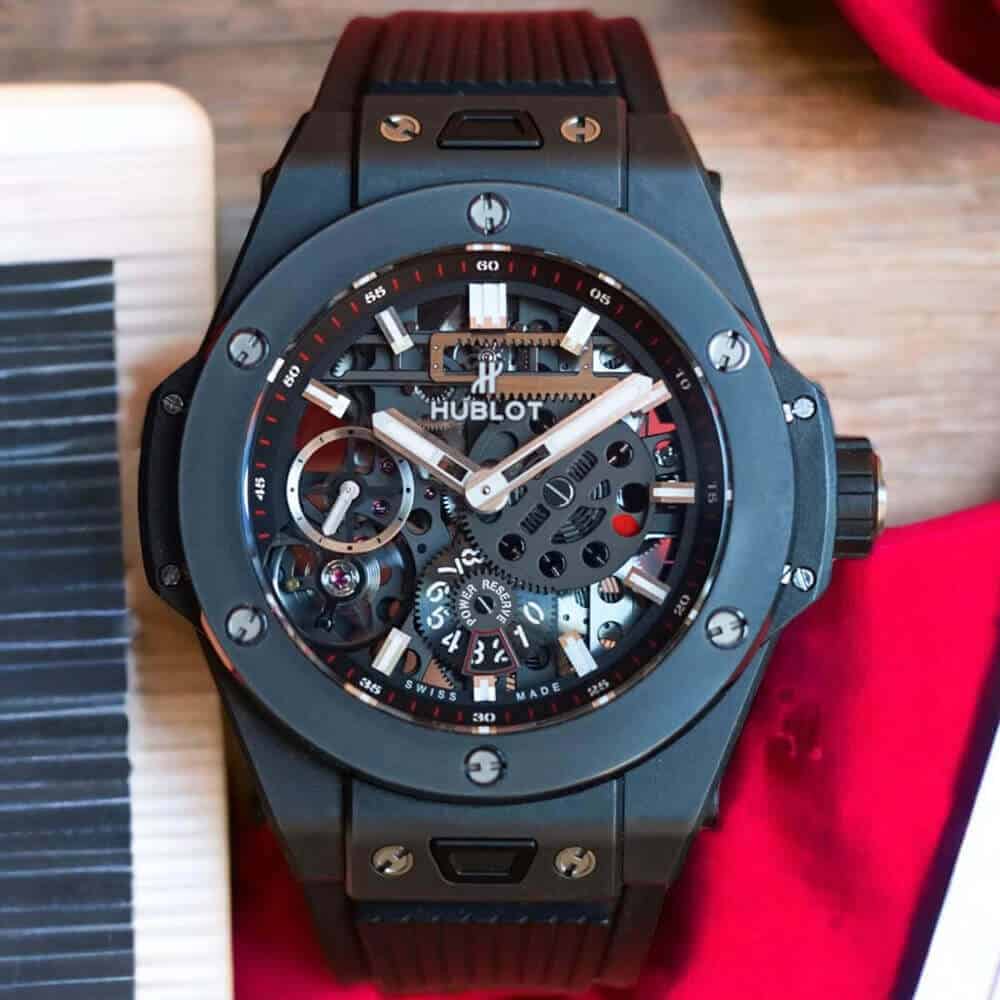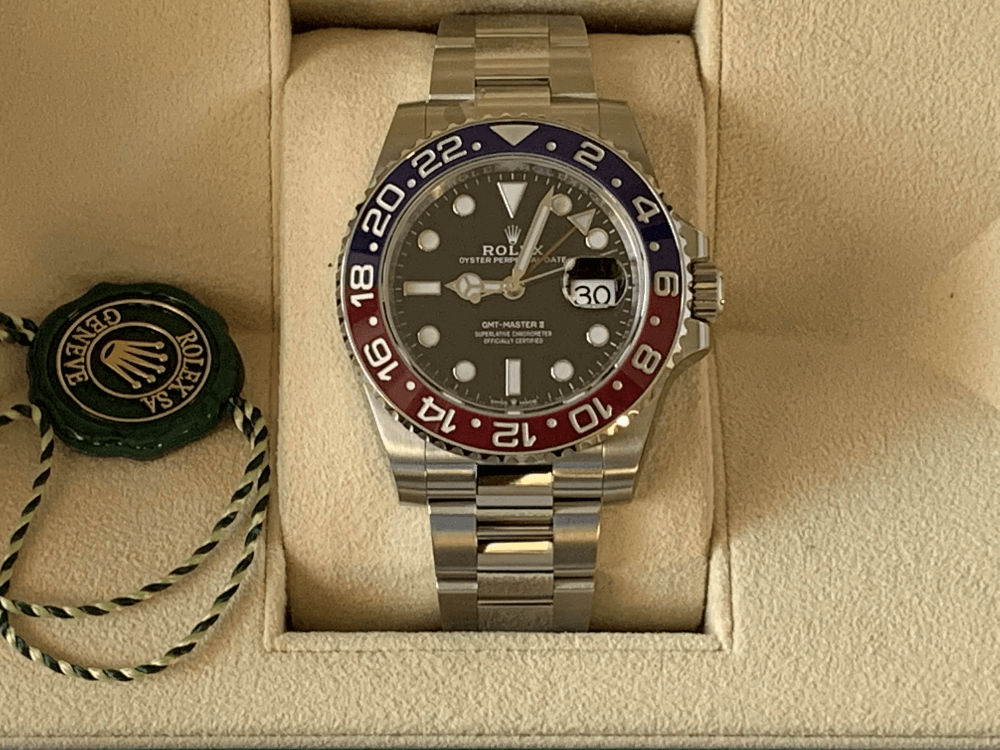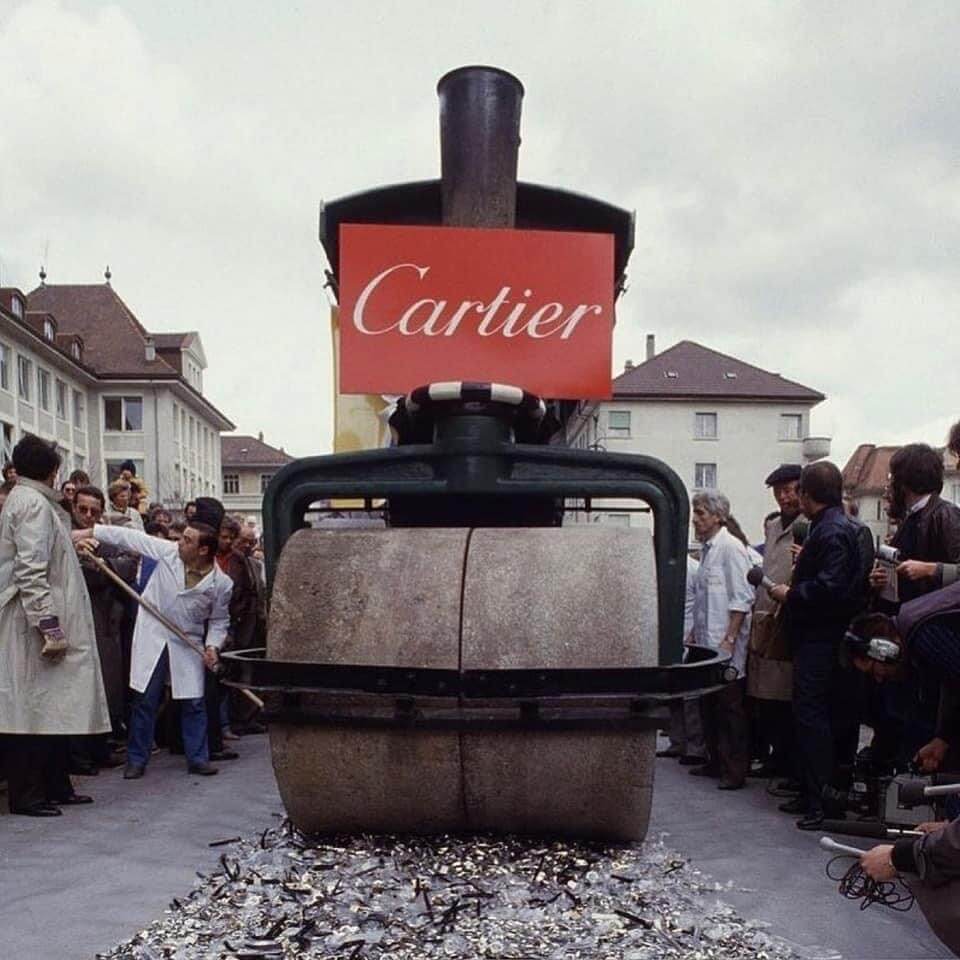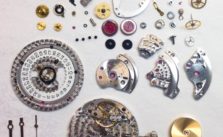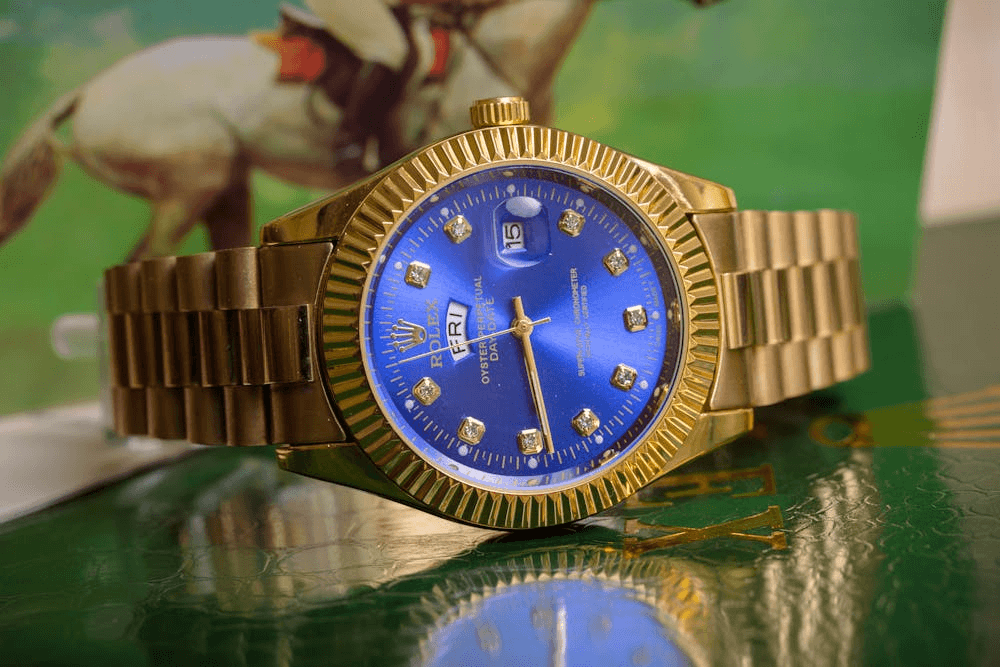Today aviation is a high-tech affair. Modern pilots use all manner of digital gadgets to assist them during take-off, navigation, and finally to touch down safely at the destination. The convenience is great, no question about it, but I can’t help feeling that taking to the skies has lost a little of the romance of the early years.
Call me nostalgic or old-fashioned, but I remember the thrill of reading about Lindbergh’s 1927 Trans-Atlantic flight as a youngster, and feeling a shudder of the spirit of adventure flowing through my veins. It was almost as if I was there in the cockpit, with goggles on, teeth chattering, struggling to stay awake, and free as a bird.
There is something of that same spirit in my adult fascination with watches, especially the vintage variety, and to share a little of this with you, I would like to dedicate this article to four of the best vintage Aviator watches, spanning more than two decades of early aviation history.
But first things first: What exactly is an Aviator Watch?
Although many watch brands sling the term “aviator” or “pilot’s watch” into their advertising, the true aviator watch has a couple of features designed specifically for accurate navigating.
They tend to have a large dial, with plenty of numbers and markings, as well as a rotating outer bezel, and if you’re not technically- minded, the whole thing can be a little confusing.
Long before the introduction of GPS, navigators would use a rotating bezel to calculate their longitudinal position on the globe, using accurate timekeeping and the angle of the sun on the horizon – known as the Hour Angle calculation. Aviator watches made all of this much easier.
The vintage aviators often had extended straps to fit comfortably over a jumpsuit. They also kept very accurate time in more than one time zone. Pilots used them to multiply, divide, and work out relative speed using the numbers on their dials and bezels. Early aviator watches tended to be chunky, easy to operate while wearing gloves,
and easy to read in poor light. Today you can find ‘aviator’ watches that have all kinds of functions, even allowing you to calculate fuel consumption.
The irony is that soon after watchmakers perfected the micromechanics of all the really useful complications, actual pilots were already beginning to lose interest in them, opting instead for newer and better navigation systems, and today there are probably only a limited number of pilots that even bother to use these tools.
Watchmakers, however, soon cottoned on to the fact that most men are fascinated by flying machines, and knew very well that having an “aviator” watch would appeal to just about all of them.
First on the list of all-time great aviator watches is a return to the Lindbergh story.
Longines Lindbergh 1930s
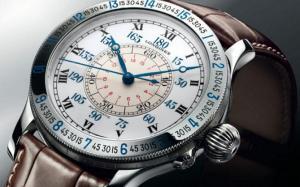
Lindbergh landed safely at Le Bourget Field, near Paris, on May 21st, 1927 at 10:21 P.M. Paris time.
He was an instant celebrity. A throng of cheering people were there to meet him. He had flown more than 3,600 miles (or 5793 kilometers) in just over 33 hours. The entire world knew his name.
Soon afterwards he partnered with Longines to design the ultimate Aviator watch, and his flying experience together with his newfound fame made him the perfect match. The result was the Longines Hour Angle.
It was an improvement on an earlier Longines model developed together with Navy Captain Phillip Weems, (who incidentally, was also a tutor of Lindbergh’s). The new watch allowed the user to set the seconds of their watch to a radio time signal, without influencing the sweep of the seconds hand, all of which made the
calculation far more accurate. It also added degrees of arc on three separate scales which simplified the calculation of the Hour Angle.
For me this is the true aviator watch, and captures the spirit of the times, when people who were brave and ingenious set out to conquer the world.
IWC B-Uhr from WW2 1940s
World War II brought the functional watch out of obscurity and right on to the front lines. On the German side of the battle the Swiss watchmakers were set to work designing a robust, functional aviator watch, to be used in the great Luftwaffe bombing campaigns.
The result was the Beobachtungs-uhren, or Navigation watches, and five companies were conscripted to manufacture them to strict military specifications. IWC made arguably the best of the lot.
These were big watches – up to 55mm in diameter, and together with the broad luminous dials, were perfect for their intended use. During the nighttime raids, the navigators on board the bombers would synchronize their highly accurate watches to radio signals, and precisely locate their targets. If they returned to base alive, they would also return their watches to the headquarters, since they all
belonged to the German air force.
Many years after those terrible events, the watch has become something of a legend. IWC paid homage to the original with their Big Pilot range, and it remains an unmistakable icon. It is one of the most authentic aviator watches, and survived through a dark time history to become popular amongst watch lovers once more.
Breitling Navitimer 1950s
Like the two watches we have already considered, Breitling also has a rich history in the aviation niche.
In 1934, Willy Breitling invented the dual pusher chronograph – one to start and to pause the chronograph and one to reset timing. It is a feature we’ve seen copied many times.
In later years the mathematician Marcel Robert developed a slide rule bezel that could simplify complex logarithmic calculations. The scale included three calculation options: NAUT for nautical miles,
STAT for standard mileage, and KM for kilometers. It was the first watch to carry the coveted “Aircraft Owners and Pilots Association” (AOPA) emblem on its dial.
Today these are quite rare, and fetch a tidy sum at auctions, if you can find them. No doubt about it, the Navitimer is a true vintage aviator that likewise stood the test of time.
Last on the list is the GMT (Ref 6542), taking its name from the time zone. This watch was developed for Pan Am, as the story goes, allowing long- haul pilots to check the time in multiple time zones simultaneously, using an ingenious fourth hand complication.
Perhaps not as complicated as some of the other aviators, it certainly lives up to the Rolex seal of quality. Interestingly enough, it also has the nickname “Pussy Galore” because it was seen on the wrist of the Bond girl in the 1964 Goldfinger.
So there you have it – the most important aviators of all time. Whether you really have the skills to pilot an aircraft, and work out your position on the globe, or if, like me, you’re simply fascinated by this kind of watch, these fine timepieces have just what it takes. If you don’t have the wings, at least you can look the part!


